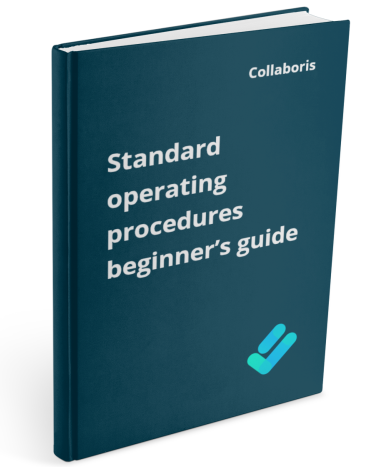Policy Approval Workflow Automated policy approval workflows offer several benefits that can significantly enhance ...
Maximizing compliance efficiency through data management and analytics
In today's business environment, organizations must operate in compliance with an ever-growing number of regulations and standards. These include data privacy and security regulations, industry-specific standards, and internal policies. Maintaining compliance can be a complex and time-consuming process. Organizations must ensure they have the right systems, processes, and people in place to effectively manage their compliance obligations.
One of the key ways organizations can maximize compliance efficiency is through data management and analytics. By managing data effectively, organizations can ensure they have the information they need to meet their compliance obligations and make informed decisions about their compliance program. This blog post will explore how organizations can use data management and analytics to enhance their compliance efforts.
Data management
Effective data management is critical for compliance. Organizations must ensure they have accurate and complete data about their operations, customers, employees, and other stakeholders. This information is essential for meeting compliance obligations and making informed decisions about compliance risk.
To manage data effectively, organizations must implement systems and processes that capture, organize, store, and maintain data in a secure and controlled manner. This includes:
- When data is captured it needs to be from legitimate sources such as customer surveys and web forms. GDPR, for example, stipulates that you can't automatically opt customers into mailing lists, they have to specifically give permission themselves.
- Organising data involves sorting and categorising the collected data in order to make it easier to manage.
Storing data involves creating a secure repository where the collected data can be stored safely. It also needs to be protected from unauthorized access. - Maintaining data involves making sure that all the collected information is up-to-date and accurate. Data retention policies are also needed to ensure data is only kept for as long as it is needed.
- By implementing effective data management processes, companies can ensure compliance with applicable laws and regulations while also improving their operational efficiency.
Analytics
Once organizations have the right data in place, they can use analytics to gain insights into their compliance posture. Analytics can help organizations identify patterns, trends, and anomalies in their data that can indicate areas of risk. This information can then be used to make informed decisions about where to focus their compliance efforts. In turn, this can help to improve their overall compliance posture.
For example, organizations can use analytics to monitor the data they collect about their customers, employees, and other stakeholders. By analyzing this data, organizations can identify areas where they may be at risk of non-compliance. This can expose potential data breaches or inappropriate access to sensitive information. This information can then be used to make changes to their processes and systems to reduce risk and ensure compliance with relevant regulations and standards.
Another example of using analytics for compliance is in the area of supplier risk management. By analyzing data about their suppliers, organizations can identify suppliers that may pose a risk to their compliance posture. This information can then be used to engage with these suppliers to assess their risk and make any necessary changes to reduce risk and ensure compliance.
Analytics can also help organizations monitor changes in regulations and develop strategies to stay compliant with the latest rules and regulations. Additionally, analytics can be used to track performance against established standards, ensuring that the organization is meeting its compliance goals. In short, analytics provides organizations with the ability to identify potential problems before they become costly issues.
Conclusion
In today's complex and rapidly changing business environment, organizations must be proactive in their approach to compliance. By using data management and analytics, organizations can maximize compliance efficiency by gaining a deeper understanding of their compliance posture and making informed decisions about their compliance program.
By implementing effective data management systems and processes, and using analytics to gain insights into their compliance data, organizations can enhance their compliance efforts and ensure they are operating in a manner that is compliant with all relevant regulations and standards.
Get your free Standard Operating Procedures guide
Creating Standard Operating Procedures for your organisation doesn't have to be complicated. This guide will introduce you to the whole lifecycle from creation to training and distribution.
You may also like:
January 17, 2025
January 7, 2025
Creating policy review reminders in Office 365 You might want to set up a ...
December 19, 2024
Podcast: Implementing effective healthcare procedures Implementing effective healthcare procedures is an ongoing process. It ...
December 19, 2024
Podcast: 10 Powerful Strategies for Employee ComplianceOrganizations face challenges in ensuring employee compliance with ...
December 8, 2024
AI Warns About Itself: How I Asked AI to Create a Podcast on the ...
November 4, 2024
Benefits of writing SOP's In any organization, standard operating procedures (SOPs) are critical to ...


